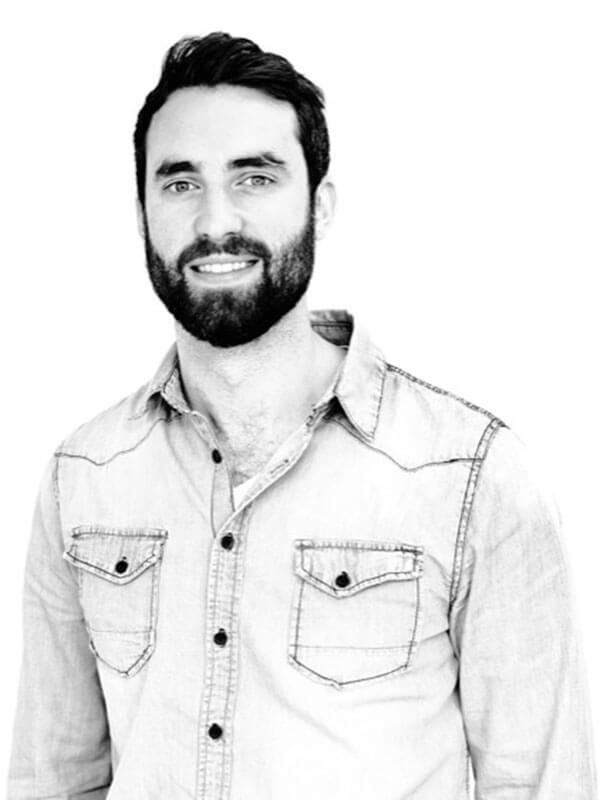By Rory Brett

Rory Brett, VP and senior creative director at Jack Morton Worldwide in Singapore
When thinking about the potential of tools powered by artificial intelligence (AI) to build immersive brand experiences at events, we have to consider two of the biggest success stories of the 20th century: mass production and mass communication.
Mass production = one product for all, and mass communication = one message for all.
Artificial intelligence can enable mass personalisation — a product made just for you, whether that’s through packaging, content, ingredients, or design. AI can enable services that predict your needs, like greeting you by name with your favourite beverage and your favourite newspaper as you arrive at your hotel. AI has the power to provide targeted, unique experiences to each individual.
Some other applications of AI can be seen through facial and emotional recognition technology. This is a great tool for events as it helps measure guest engagement to better prove ROI when, otherwise, measurement is difficult.
AI-powered facial recognition also can be a great tool for event registration. Cameras and AI software scan faces, work out their unique characteristics, and connect a face to an identity in a database. With this technology, Zenus Biometrics recently reduced average registration time at one conference to nine seconds.
From an industry point of view, AI can also be a very effective tool when developing and designing spaces. Jack Morton recently partnered with EMRAYS, the first AI-driven ‘predictive emotion’ tool. It reads and feels emotions the way humans do. This partnerships allows us to predict human reaction to different designs and concepts through AI simulation. It works by uploading designs and environments into the software. The software then analyses the images and assigns a human emotion. In this way, we can quickly understand if the experience we are designing is triggering the right emotional response from our audience and adjust accordingly during the design process.
Up-skilling and Re-skilling Talent
In recent years there has been a lot of talk of AI replacing blue-collar or manual labour jobs, but we are now seeing highly skilled, white collar, professional work becoming automated. AI-powered tools such as Lawbot (an AI tool that can analyse case detail, suggest the right lawyer, or do legal research) and the first AI creative director (developed by McCann Japan to make TV commercials) show that every industry and discipline has the potential to feel the impact of AI in the future.
Rather than seeing this as a threat or something to be feared, what if we looked to AI as a tool for collaboration? What if AI was just another member of your team, freeing you from the mundane tasks to concentrate on seeing the bigger picture? How many times have you said: “I wish I had more time?” AI is an assistive technology. If we think of it as a tool, then it has the potential to empower us to do our jobs better.
I believe that those who understand and can work with artificial intelligence will ultimately be far more employable in the future. But, that does not mean we need a brand new team and skillset. Instead, we need to encourage our current teams to work and collaborate with AI now, while it is still in development. The people who start using AI first — and start to understand how to use it as a tool — will be far better prepared for the future.
Rory Brett is VP and senior creative director at Jack Morton Worldwide in Singapore.
